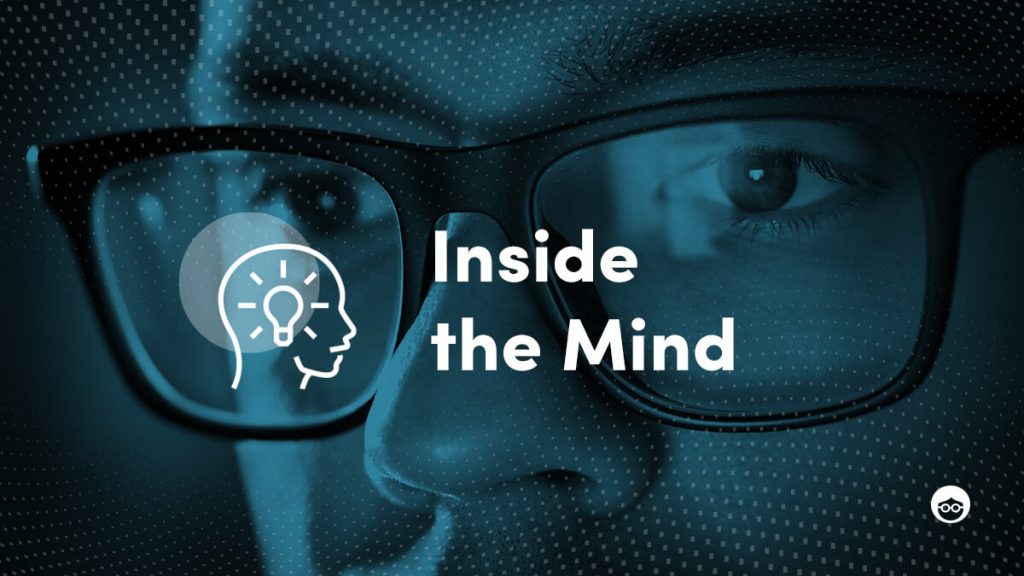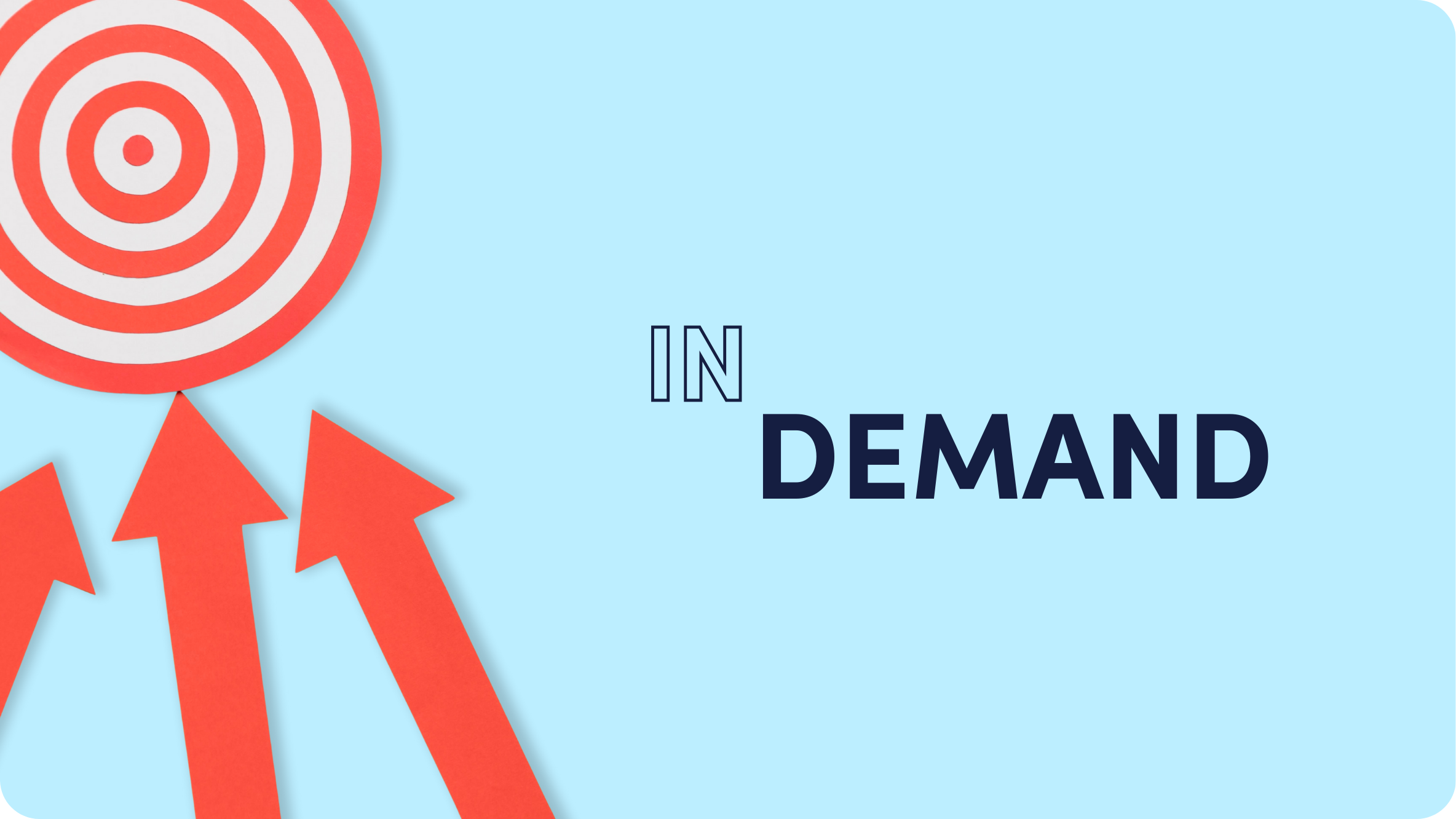5 Psychology-Backed Branding Hacks to Enhance Your Brand Value

Brand marketing should not be an afterthought. It should be a core part of your approach to business.
It takes more than having a great product, stellar service, or the best prices to achieve business success.
More often than not, the perception of your brand will go a long way to determine how successful your business will be.
The big name brands we’re familiar with (brands such as Coca Cola, Apple, and IKEA) did not get there by accident. Instead, they were very intent about tapping into the power of human psychology to create the successful brands that they have.
In this piece, using several case studies and examples backed by psychology research, I share five brand marketing hacks you can use to enhance your brand value.
1. Use conditioning to make your brand synonymous with your target audience’s emotions
In 1920, psychologists John Watson and Rosalie Rayner conducted what would eventually be regarded as one of the most controversial psychology experiments: The Little Albert experiment.
In the experiment, Watson and Rayner conditioned a 9-month old infant to associate the tactile experience of fur with a sensation of fear, by creating a loud banging sound every time Little Albert saw a furry animal.
While the Little Albert experiment would undoubtedly not have been allowed to take place today, it holds insights about how to enhance brand value.
Let’s take a look at sportswear icon Nike and how it uses emotion to create its brand image.
Nike works hard and spends big to associate its footwear with top athletes, who symbolize greatness and a “can do” spirit — an attribute that automatically translates to the perception of Nike footwear. In other words, Nike is not just sport shoes; it’s the footwear for people who want to achieve the extraordinary. The slogan “Just do it” adapts this concept to the regular consumer, implying that greatness for everyone is within reach.
You can use the same strategy for your brand, and you don’t need star athletes to do it. Identify a key emotion in your target audience that matches your brand message and identity. Using repeated messaging in all your digital marketing media, whenever the opportunity arises, pair your brand with this emotion. Over time, people will automatically link your brand to that feeling and your brand image will follow too.
2. The IKEA Effect: Leverage the collective power of your customers to boost brand image
There’s a reason why IKEA is currently the world’s largest furniture retailer and has maintained that position for over a decade: IKEA understands that people value what they help build a lot more than what they have no involvement in.
This phenomenon is so powerful that it has been studied by psychologists and has been named the IKEA effect — after IKEA based on the fact that users are required to manually assemble IKEA furnitures after purchase.
In a study published in the Journal of Consumer Psychology, researchers divided study participants into two groups. They asked the first group to assemble IKEA boxes into furniture and then bid on furniture they assembled while the second group was asked to bid on identical but already-assembled IKEA furniture.
Despite the fact that the furniture were exactly the same, researchers found that people were willing to pay significantly more for furniture they assembled themselves: participants bidded an average of $0.48 for already-assembled boxes and an average of a significantly higher $0.78 for furniture they assembled themselves.
There have been several high profile examples of how involving users can help enhance brand value:
- Oculus Rift’s massive success in which a practically nonexistent company got people to contribute $2.4 million to help it develop its product and build a brand that eventually got acquired by Facebook for $2 billion.
- Apple’s Shot on iPhone campaign was a massive success at getting users to talk about the iPhone 6; the campaign, that involved users taking photos with their iPhone and using the hashtag #ShotonIPhone was so successful that it was mentioned by more than 24,000 thought leaders, generated about 6.5 billion media impressions, and got 95 percent positive mentions. The success of the campaign resulted in it being reintroduced for the launch of the iPhone 7 and iPhone X.
Sometimes, effective brand marketing is more about actively involving your users than about investing in the best marketing tools. Whether it is by leveraging the power of UGC, by actively seeking user input in developing your brand, or through some other means, you can significantly enhance your brand value by getting people to be involved in decisions related to your brand.
3. Use context to enhance perception of your brand
Apple’s iPhones vs Xiaomi phones? Which is better?
Setting aside individual preferences, many have argued that both phones are of comparable quality. Many have gone as far as suggesting that Xiaomi phones are better and superior to iPhones.
Xiaomi phones are considerably cheaper than iPhones, too. Notwithstanding, Apple has a much more valued brand and market value that is almost four times that of Xiaomi’s.
This is because Apple understands a key principle about brand marketing than just focusing on price and quality: perception matters a great deal.
Case in point is the Beer on the Beach experiment in which researchers found that people will pay a lot more for something if they believe it is coming from a “high class” place than otherwise. In the study, researchers found that someone stranded on a hot beach, and thirsty, was willing to pay an average of $2.65 for a beer if they believe it will be coming from a fancy hotel and just $1.50 if they believe the same beer is coming from the rundown grocery store nearby.
The key insight from this study is to be very intent about how your brand is perceived, as this will ultimately influence the value people associate with your products and how much they would be willing to pay for your products and services.
4. Leverage the bandwagon effect to enhance brand adoption
There are so many examples of the bandwagon effect in action in recent history.
For example, in December 2012 South Korean music video “Gangnam Style” became the first ever music video to reach 1 billion views on YouTube.
While the music video was impressive, that wasn’t the sole reason for its popularity. The majority of the people watching the song could not even understand the lyrics. Yet, Gangnam Style quickly became a phenomenon because it was the hottest thing in town at the time. Political leaders including Barack Obama, the president of the United States at the time, were singing and dancing to it. It was on the lips of every celebrity and it set social media ablaze.
Of course, far away from the world of music and entertainment is another example involving an actual brand: the #ShareaCoke campaign by Coca Cola.
Coca Cola’s ShareaCoke campaign was intentionally engineered to leverage the power of the bandwagon effect. People were encouraged to share pictures of Coke bottles with their name on it, and more people sharing prompted even more people to share — significantly driving up the value of the Coca Cola brand as well as its market share.
Of course, there are several ways you can leverage the power of the bandwagon effect:
- Make it clear that you’re a popular option in your industry by highlighting huge numbers of users if you have it.
- Get industry experts and influencers associated with your brand (do you remember the ads about Oral B tooth care products being the dentists’ “top choice”?).
- Position your brand as an industry thought leader by leveraging the power of content marketing.
- Design a system that encourages and incentivizes people to promote your brand to their social networks.
5. Tap into the psychological power of color to better appeal to your target audience
Color is very important. So much so that researchers have found that people will make up their minds within 90 seconds of interacting with a brand AND that as much as 90 percent of their impression will be influenced solely by colors.
Colors have such an overwhelming influence on us that research shows that color can positively or negatively influence mood, alter appetite, and affect perception of time. Color can also influence the familiarity and likability of a brand as well as affect purchase intent.
More importantly, research shows that men and women perceive colors differently.
That said, as indicated in the chart below, research shows that men and women have different color preferences:
For example, men and women equally have a preference for the color blue and green. On the other hand, while a significant proportion of women have a preference for the color purple, it’s one of the colors most disliked by men:
The key lesson in this is that your brand color selection should be influenced and informed by your target audience. For example, you want to avoid femine colors (e.g. purple).
In conclusion
While there are many ways to go about brand marketing, making branding decisions based on an understanding of human psychology will always put you in an advantaged position. The above are five ways to use an understanding of human psychology to enhance your brand value.











